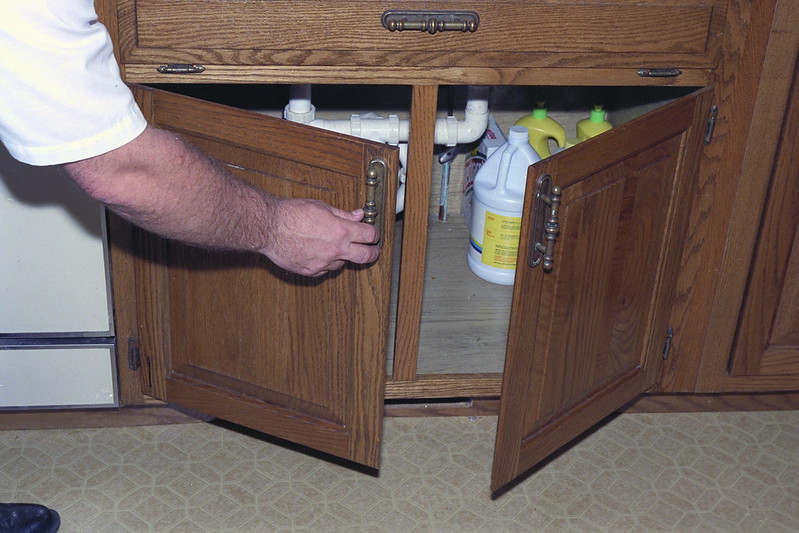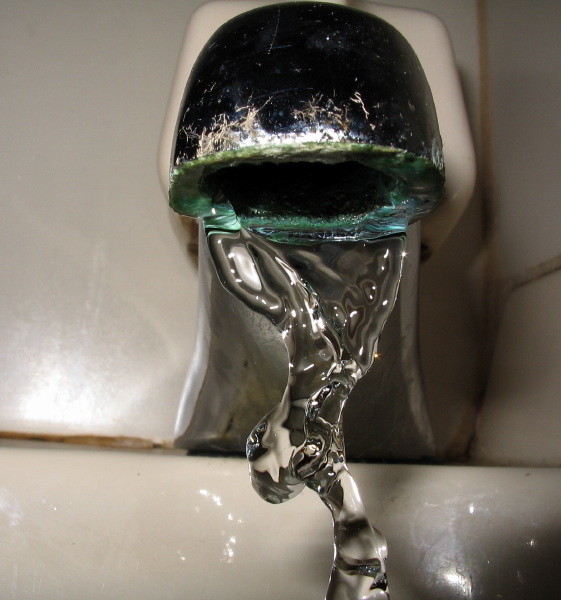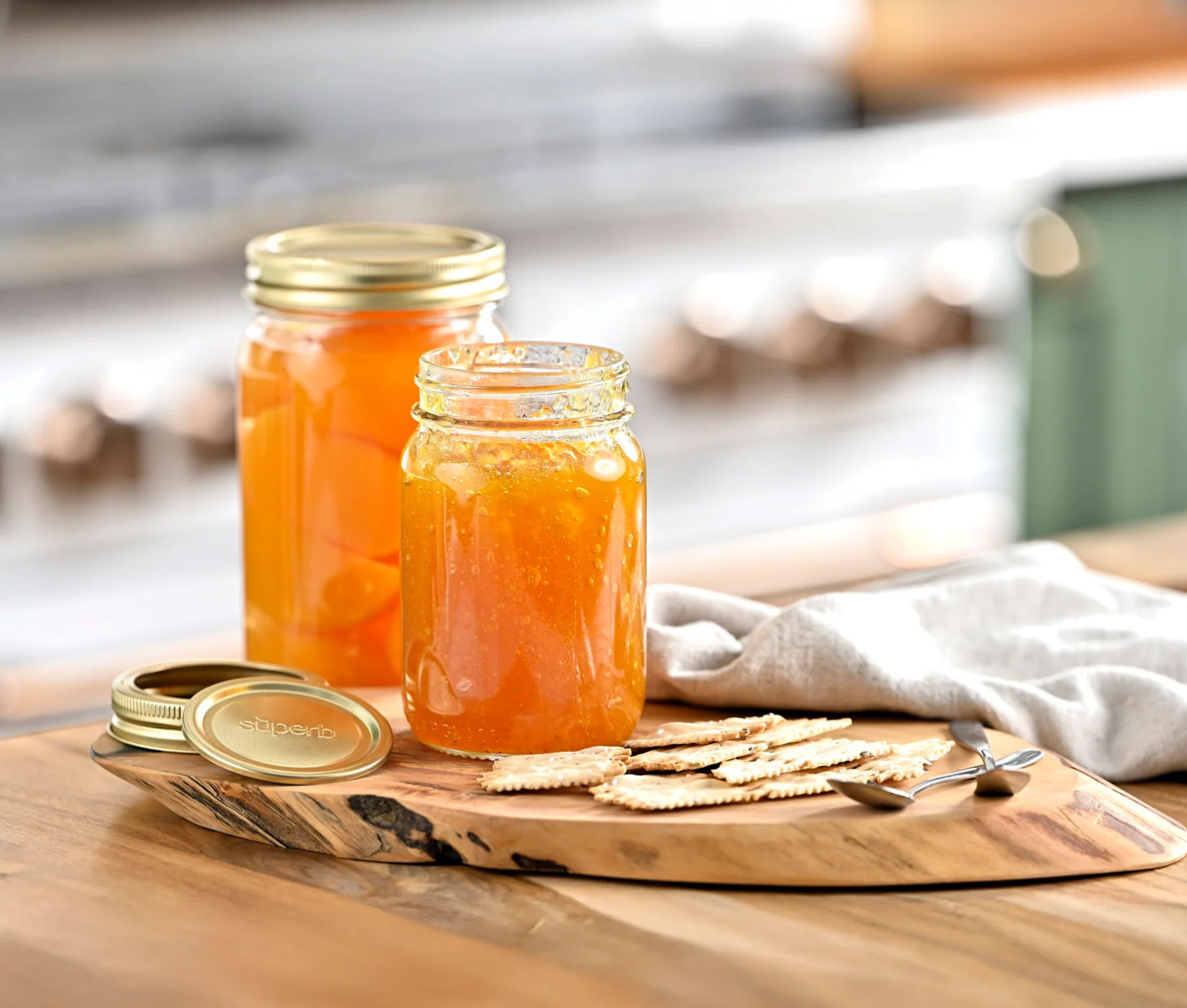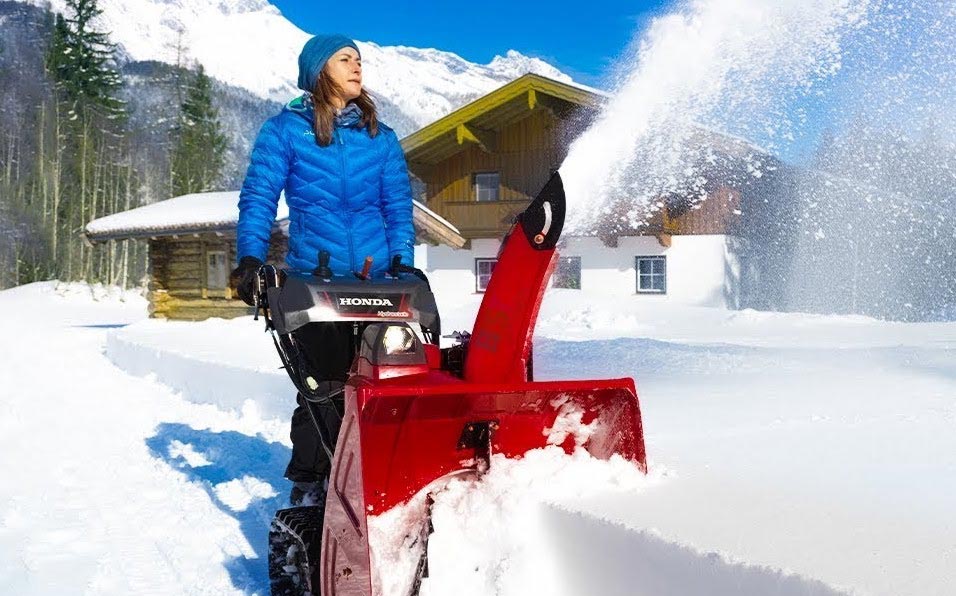First Aid for Frozen Pipes
When the temperature dips, your household plumbing feels it too.
Learn how to safely defrost frozen pipes and insulate your plumbing with ease.

To find out if your pipes have frozen, open each faucet fully, one by one. If only a trickle of water comes out—or none at all—it’s likely the plumbing has frozen.
If this condition is specific to only one or two faucets, pinpoint the pipes that need to be defrosted by tracing pipes leading away from these faucets. Visually inspect pipes for breakage, and touch with your hands. A frozen pipe will feel freezing cold to the touch.
If no water is coming out of any faucet, it’s likely the issue is a frozen main water supply pipe. Typically, the main pipe will be found in the basement, on the side of the home facing the street.
Once you isolate the frozen pipe—inspect it. If it’s frozen but not burst or cracked as far as you can tell, concentrate on thawing the frozen water within it.
First: It’s vital to turn off the main supply valve, which controls the flow of water into the home. Why? It’s possible there’s a crack or split in the frozen pipe due to the fact that when water freezes, it expands. This pressure within the pipes may have caused a break or split, even a small one that’s not easily detectable to the eye. When the pipes thaw, water will pour forth from this break.
If you have a burst pipe, keep the main supply valve in the off position, and call a plumber, or read our DIY approach to repairing a burst pipe.
To safely defrost a frozen pipe, Ray Esh of Esh Hardware recommends M-D Building Products Pipe Heating Cable. Containing a grounded cord and plug, this thermostat-controlled heating cable runs alongside the pipe to evenly thaw it.
Best of all, going forward the cable will prevent water from freezing in the pipes in the first place. Recommended for use on metal or PVC pipes, this heating cable is designed with a built-in thermostat that automatically switches the warming cable on at 38°F, and will protect pipes from freezing to -40° Fahrenheit.
 TIP:
TIP:
A pipe heating cable, points out Ray Esh, is a much safer and effective solution than alternatives like a space heater or a torch, both of which can present a fire hazard.
If you do not have a heating cable on hand, here are some safe alternatives to defrost a frozen pipe:
- Turn up the heat in the home
- Drape warm towels over the frozen pipe
- Use a hair dryer, concentrating on the frozen section of plumbing
- Cover the frozen pipe with a heating pad
Keep faucets open during the process. As pipes thaw, the unfrozen water will flow from pipes. Once pipes have thawed, all water has been drained from them and you have confirmed there are no breaks or splits in your plumbing—turn on the main supply valve as a final step.
Photo Credit: Wonderlane
Easy Winter Pipe Insulation
To ensure that even the coldest days won’t cause your pipes to freeze, Ray Esh of Esh Hardware recommends M-D Building Products Tube Pipe Insulation. These Polyethylene foam noodles are a simple solution that slips right over pipes, insulating them and saving energy.
Cut the 6-foot-long tube to the size you need. Or for a long pipeline, you can place one immediately after the other. Each tube is pre-cut with self-sealing slits that close neatly around pipes. “They’re also excellent for catching moisture and condensation,” says Ray Esh, noting how the foam captures liquid and keeps it from dripping onto floors or seeping into drywall.
Note this is an indoor solution, and will not sufficiently insulate outdoor pipes subject to extreme cold or direct wind. To safeguard outdoor pipes against extreme weather conditions, Esh recommends installing a valve to shut the pipe off for the winter.
 TIP:
TIP:
Another way to keep water flowing during winter’s coldest days is to open a faucet or two in the coldest areas of the home, where pipes would most likely freeze. Turn on the water just enough to keep a continuous trickle of water flowing out of the faucet, which in turn will keep water flowing through the pipes.
Add to your pipe protection by keeping open cabinet doors where plumbing is housed, such as in the kitchen or bathroom. These are often areas that are poorly insulated, and by keeping these areas heated, you are warding off the risk of these pipes freezing in cold weather.






